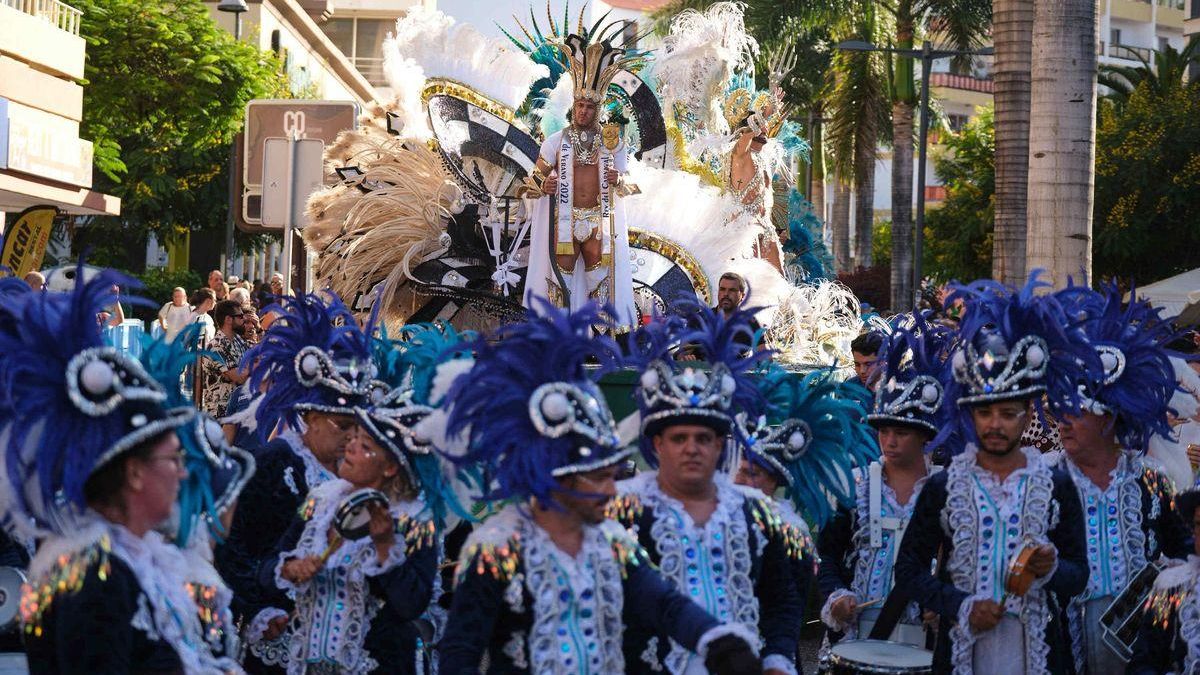Controversy Arises Over Removal of Francoist Cross in Lanzarote

The Popular Party (PP) is insisting on the reinstatement of the Francoist cross removed from Plaza de Las Palmas in Arrecife. The political party proposed on Thursday during a full meeting of the Cabildo of Lanzarote to reinterpret this symbol in order to “highlight its cultural, social, and heritage significance”. The cross, constructed in 1950 in the historic centre of the island’s capital, was dedicated to those who fell on the side of the coup during the Spanish Civil War. This summer, after 75 years, it was removed as part of rehabilitation works on the plaza and in compliance with the Historical Memory Law.
Rejection of the Proposal
The Cabildo assembly dismissed the proposal from the insular vice-president and secretary general of the PP in Lanzarote, María Jesús Tovar, who argued for the cross to be declared a Cultural Asset of Interest (BIC) as it is, according to her, part of the “memory and identity of the people of Arrecife”. This initiative was only supported by the sole Vox representative in the plenary, Óscar Domingo Pérez, and Armando Santana from the Mixed Group.
Only the Spanish Socialist Workers’ Party (PSOE) voted against the motion. “There can be no reinterpretation or valid excuses. The cross that was removed was part of a Francoist monument and has no place in a full democracy,” emphasised PSOE spokesperson Ariagona González. “The aim of the Popular Party was not an act of respect or heritage conservation, but a clear regression in democratic progress. Lanzarote has firmly rejected this motion,” she added.
Coalición Canaria and Nueva Canarias Take a Neutral Stance
For their part, Coalición Canaria and Nueva Canarias abstained from voting. “All we need to do is comply with the Law. I don’t care about the cross. We must follow the legal report,” stated nationalist councillor Jesús Machín. In his second intervention, Machín left the door open for a future relocation of the cross, “It is in the technical report that it was removed [the cross] to preserve it while works were carried out. No one is suggesting throwing it over a cliff or not bringing it to light again. It is a precaution to prevent its deterioration during the ongoing works,” he pointed out.
In this context, the PSOE has questioned the “timidity” of CC, which “prefers to look the other way and not commit to defending democratic values or to the memory of those who were persecuted by the dictatorship”.
The History of the Cross
Known as the Cross of the Fallen, it was erected in 1950 to honour the men of Arrecife who were part of the coup faction during the Spanish Civil War (1936-1939). Its construction was part of the transformation of the plaza, leading to the removal of a large black cross painted on the facade of the church of San Ginés, declared a BIC in 1993, to allow for the installation of a main door. This painting, created shortly after the end of the Civil War, was accompanied by a stone slab inscribed with the names of all the people from Arrecife who fought in the war on the side of the rebels.
Following the disappearance of this painting, the insular government delegate requested the creation of a large stone cross in the centre of the plaza, as explained in the study Historical Memory: Redesign of Plaza de Las Palmas (2018). On 14 September 1950, the Arrecife City Council committed to completing it before Franco’s visit to the city, scheduled for 29 October of the same year, as recorded in a council minute from that date.
The municipality also commissioned the artist César Manrique to beautify the plaza, but not the cross, which was not even depicted in his plans and was instead commissioned to a private company, contrary to what the PP has claimed. The party has asserted that the symbol “was part of the original design of that space created by César Manrique”.
While over the years the symbol lost its association with the names of members of the coup faction, it did retain a side plaque from the fascist party, Falange Española.
The cross is included in the current phase of the Catalogue of Symbols, Streets, Monuments and Francoist Mentions in the Canary Islands: Insular Capitals, developed by the Government of the Canary Islands and the University of La Laguna. It was included following a ruling from the Supreme Court that supports the removal of all Francoist crosses in the country that commemorate only the dead of the national side.
The High Court concludes that these symbols exalt “the military uprising” and the “repression of the dictatorship”. Its removal, the Supreme ruling continues, “seeks nothing more than to remove from the foreground anything that signifies, represents or symbolises the civil conflict”.














